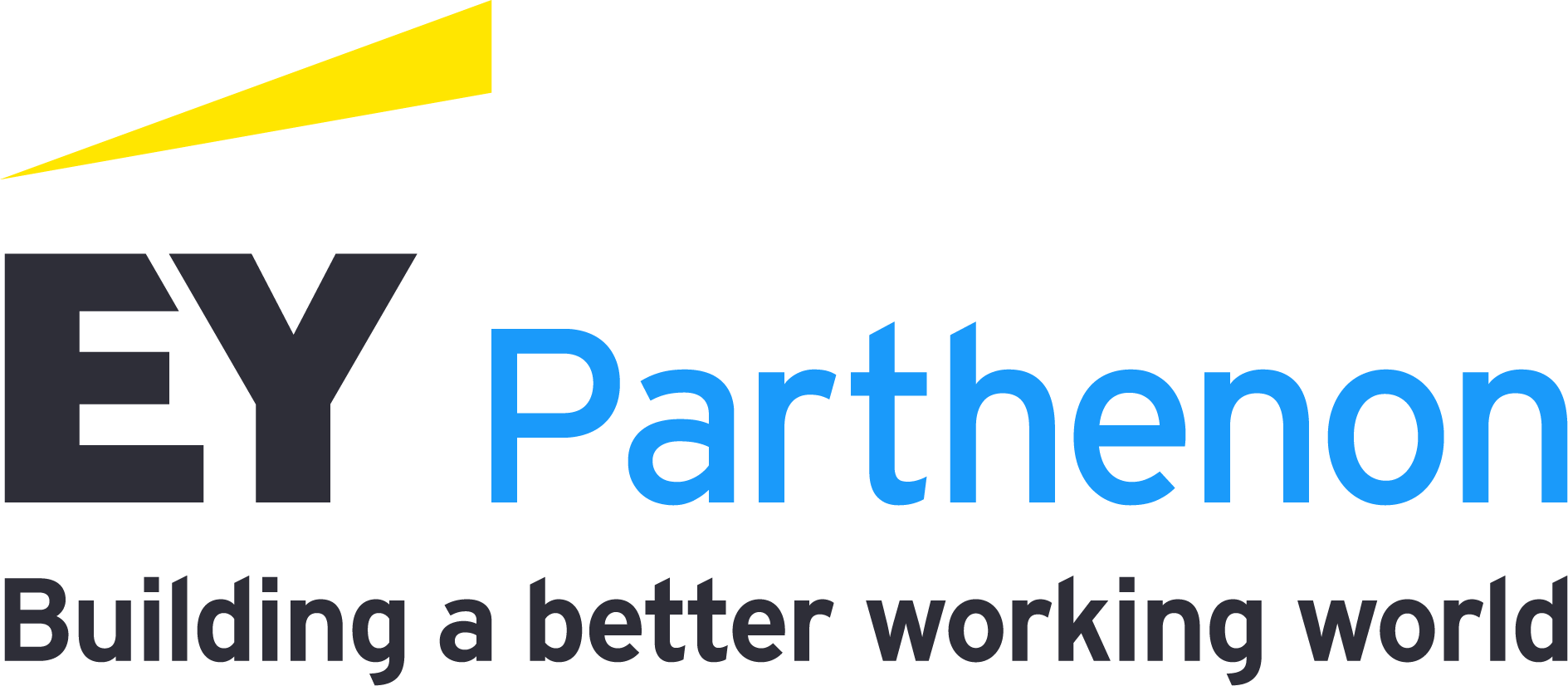Risk-ready companies have license to pursue bolder global strategies
Risk-ready companies have relatively low political risk exposure. They are somewhat international, with 75% operating in fewer than 20 countries. They also tend to be larger in terms of revenue – 42% reported annual revenue of $30 billion or more. Companies in this group are diverse in terms of headquarter locations and sectors, although most technology companies in our sample fall into this segment.
Despite their low exposure, risk-ready companies are the most active managers of political risk. They especially outperform the other groups on integrating political risk into broader risk management systems and on incorporating political risk analysis into strategy. This likely explains why executives at these companies are the most confident in their ability to manage political risks.
What should these companies do?
Risk-ready companies have an opportunity to leverage their effective political risk management capabilities to confidently expand into strategic growth markets that increase their political risk exposure – if other factors in those markets are favorable. For instance, a manufacturing company recently approached EY teams to help assess and strategically manage the political risks of entering a new market that offers significant revenue growth opportunities. EY teams mapped a political risk assessment to corresponding mitigation actions for entering the new market, including strategy and supply chain recommendations.
Expansion opportunities for risk-ready companies should be viewed through the lens of future globalization scenarios, as countries that are allied or friendly with a company’s home market are likely to provide the most robust opportunities. As they expand, these companies should maintain their competitive advantage in political risk management by simultaneously implementing better processes for communication and collaboration of political risk management across functions and business units.
Active managers are balanced but may be overconfident
Active managers address their high levels of political risk exposure through active management. These companies tend to be less globalized, with about half operating only in one country and 64% headquartered in Asia-Pacific. Many companies in this group are from sectors that governments consider to be “strategic,” including energy and life sciences.
As their name suggests, active managers proactively manage political risk in a variety of ways. But while they are confident in their ability to manage these risks overall, this may be creating a blind spot on the risks that matter. Fully 75% of active managers are extremely or highly confident in their ability to manage geopolitical risks – an area that is less relevant to them, given they tend to have smaller global footprints. Conversely, they are far less confident in managing country (46%), regulatory (39%) or societal (37%) risks that are more relevant to their current operations. It is these latter types of political risk that require more proactive management.
What should these companies do?
Active managers should refine their political risk management approach by focusing activities on the primary risk types they face, particularly regulatory risks. For instance, EY teams helped a consumer goods company set up a geostrategic committee so that senior management could better understand and prepare for the specific regulatory and societal risks emanating from their company’s key markets around the world.
Executives at these companies should also assess whether their confidence in managing geopolitical risk is warranted in an era of heightened volatility and uncertainty. While their small global footprint would likely enable active managers to perform well in a Cold War II or Self-reliance reigns scenario, they could face competitive disadvantages in a Globalization lite or Friends first scenario.
Exposed entities can improve strategy and risk management
Exposed entities have the most problematic mismatch: high levels of political risk exposure and low-quality political risk management. This group tends to be fairly international – 73% of them have a footprint in 20 or fewer countries. Since many are headquartered in Europe, exposed entities may have a large regional, rather than a global, footprint. Given the strategic and operational challenges associated with this mismatch, it is perhaps no surprise that this is the smallest group of companies in the sample.
These companies have the highest level of political risk exposure across revenue, footprint and suppliers. They are also the least proactive in terms of overall political risk management. In any scenario except Globalization lite, this mismatch is likely to lead to significant downside impacts on growth and limit new opportunities.






